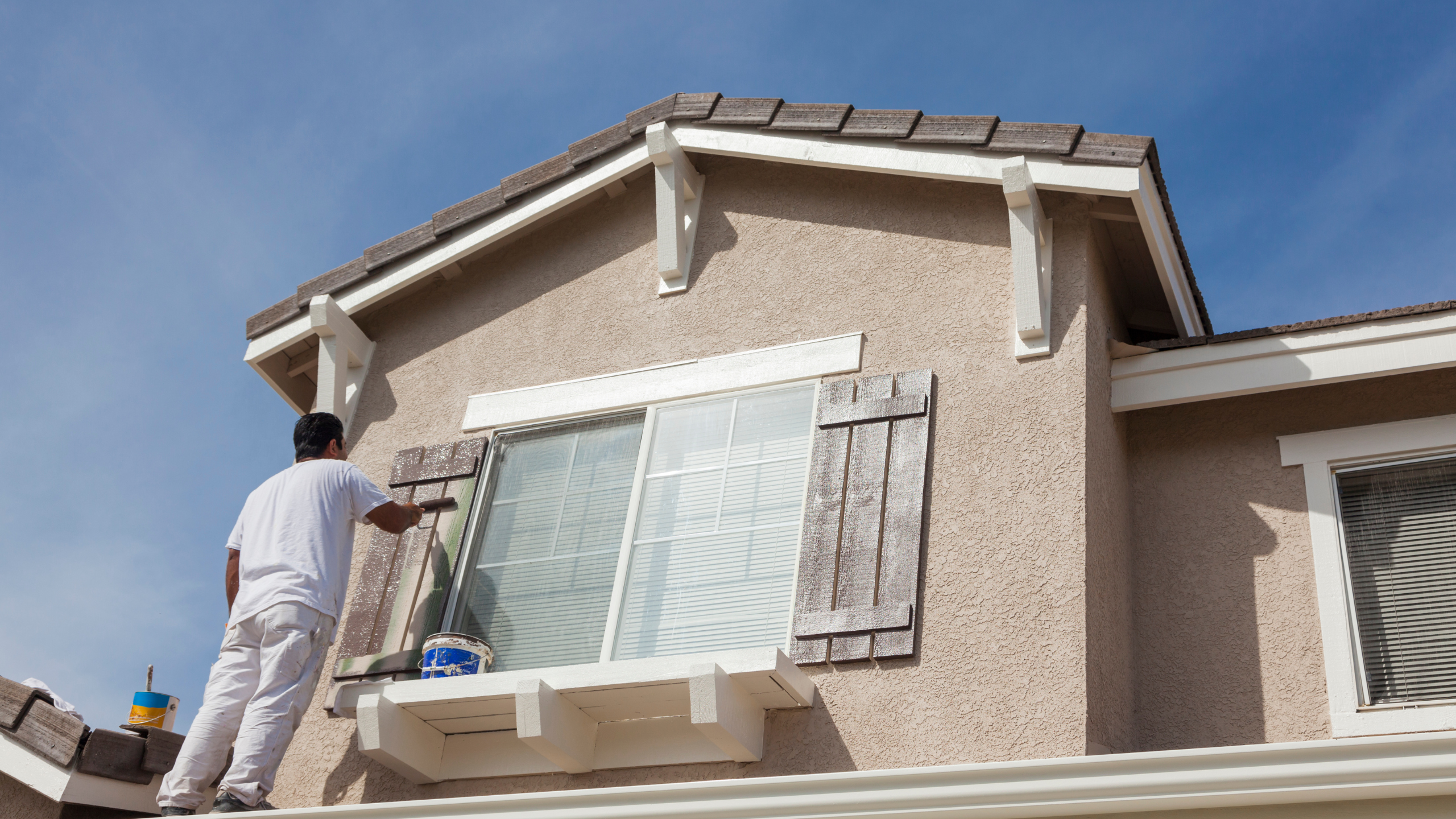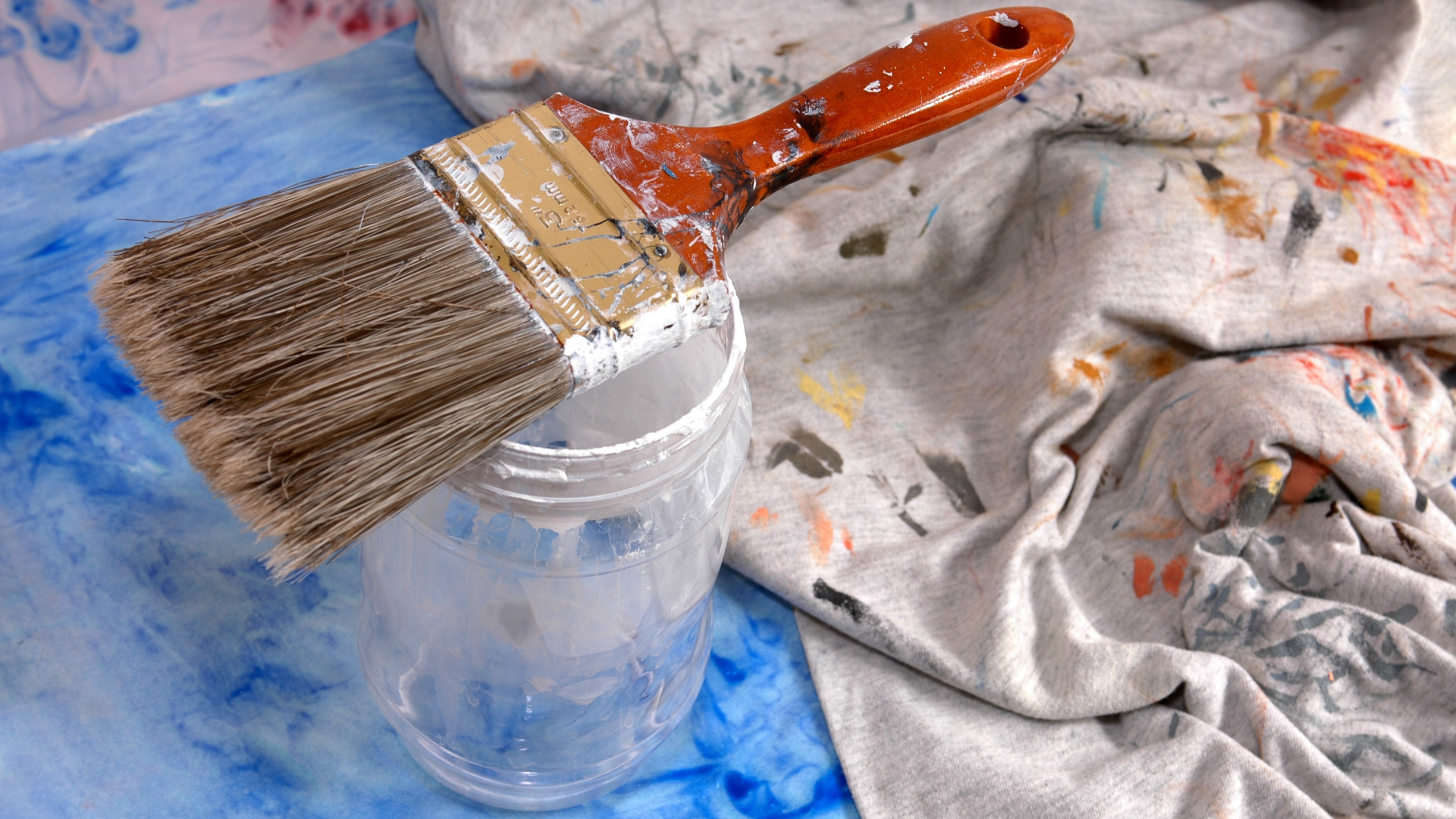When it comes to transforming the ambiance of the spaces you inhabit, a fresh coat of paint can work wonders. The color palette you choose reflects your personality and serves as a protective layer for your walls. However, have you ever wondered about the lifespan of that vibrant hue you carefully selected? In this blog post, we’ll delve into the intricacies of paint longevity, identifying when it’s time for a refresh and essential tips for handling and storing paint.
Revitalize your living space with a fresh coat of paint. Trust us at CCT Apex House Painting for a vibrant and lasting finish.
Lifespan of Paint: A Canvas of Durability
The longevity of paint depends on various factors, such as the quality of the paint, the surface it covers, and the environmental conditions it faces. Generally, high-quality paints can last anywhere from 5 to 10 years or more, while lower-quality paints may require more frequent touch-ups. Exterior paints may have a shorter lifespan due to exposure to the elements, while interior paints can endure longer with proper care.
To ensure the longevity of your paint job, it’s crucial to invest in quality paint products and follow proper application techniques. Proper surface preparation, priming, and using the correct type of paint for each surface contribute to the overall durability of the paint.
Signs of Bad Paint: Cracks, Fades, and Bubbles
Identifying when to bid adieu to your current paint job involves recognizing signs of deterioration. If you notice cracks, peeling, fading, or the formation of bubbles on your walls, it’s a clear indication that the paint has reached the end of its lifespan. Also, mold and mildew growth can compromise the paint’s integrity and indicate underlying moisture issues.
Regular inspections of your painted surfaces allow you to catch these issues early on and address them before they escalate. Taking proactive measures can extend the life of your paint and protect your walls from further damage.
Mixing Old Paint: The Palette of Practicality
It’s not uncommon to find cans of leftover paint stashed in the garage or basement. The question arises: Is it okay to mix old paint with new paint for touch-ups or a completely new project? The answer is a cautious yes. However, there are some considerations to keep in mind.
Ensure the old paint hasn’t deteriorated, and mix paints of the same type and finish. While mixing old and new paint can be a cost-effective solution, it’s essential to test the color on a small, inconspicuous area first to ensure a consistent and satisfactory result.
Disposing of Old Paints: An Eco-Friendly Palette Cleanup
Responsible disposal is crucial when it’s time to bid farewell to old paint cans. Improper disposal can harm the environment and pose health risks. Many local recycling centers or hazardous waste facilities accept old paint cans. Check with your municipality for guidelines on paint disposal.
To dispose of latex paint, dry it first by leaving the can open in a well-ventilated area. Once dry, you can dispose of it with regular household trash. However, oil-based paints are hazardous waste and should be taken to a designated facility.
Paint Tips Leftover: A Stroke of Wisdom
Unused paint can serve as a valuable resource for touch-ups and minor projects. To maximize its lifespan, store it properly. Ensure the can is tightly sealed, and store it in a cool, dry place away from extreme temperatures. Before reusing, stir the paint thoroughly and test it on a small area to ensure consistency.
Labeling the paint can with the date, room, and color used makes future touch-ups more straightforward. This organization prevents confusion and ensures you achieve a seamless finish.
Safe Paint Storage: A Brush with Prudence
Storing paint in your home is generally safe, but it’s essential to follow some basic guidelines. Keep paint cans away from direct sunlight and extreme temperature fluctuations. Store them in a cool, dry place, ensuring the lids are tightly sealed to prevent air exposure.
Check the paint periodically for signs of deterioration, such as an unpleasant odor or changes in texture. If the paint has gone bad, dispose of it responsibly and replace it with fresh paint for optimal results.
In the grand canvas of home improvement, paint plays a pivotal role in defining the aesthetic and protecting the foundation. Understanding the lifespan of paint, recognizing signs of deterioration, and employing proper storage and disposal practices ensures that your walls remain vibrant and well-maintained.
Whether you’re embarking on a new painting project or simply touching up the existing masterpiece, a little knowledge about paint longevity can go a long way. So, embrace the transformative power of color, and let your walls tell a story of endurance and beauty. After all, a well-maintained paint job is a visual delight and a testament to the care and attention you invest in your living spaces.





